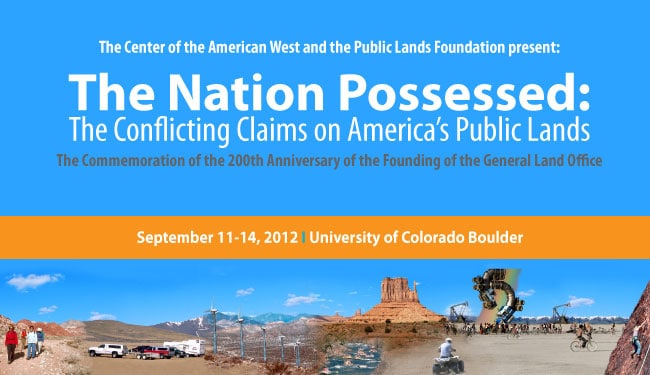Many thanks to Bob Berwyn for this post. For a long time I have wondered about the difference between the way some elements of the conservation community believe that locals in the international sector should be treated, compared to the way that some think locals in our own country should be treated. Or maybe the conservation groups are different? It does cause one to wonder, though. Certainly, indigenous people have been the focus for some of this international work; however, if that were the case it would also raise some interesting questions in this country.
I think this topic is worthy of further discussion. What bothers some folks about the prevalence of litigation as a policy tool, is that it can remove the locus of control from decisions made by those interacting with locals, to national organizations. In fact, Hoberg (can’t remember which paper off the top of my head, maybe someone on the blog remembers?) suggests that that was a conscious strategy by some groups to remove the great “timber wars” debate from the Pacific Northwest and their elected officials, with whom these groups disagreed. Which could explain part of the reason some local folks feel disenfranchised by that tactic; they were/are.
Here’s a link
and here’s an excerpt.
The work by the IUCN is more directed toward forests in developing countries with indigenous populations, but the results of the study may also have some application in more developed parts of the world, where local communities have a significant stake in the management of forested areas.
“A first step is to recognize that many forests and landscapes are inhabited by people with some form of land rights,” said Chris Buss, Senior Programme Officer for IUCN’s Global Forest and Climate change Programme. “Investors are increasingly aware they must respect these rights through recognized processes, although the practical implications of such processes have until now received less attention.”
The current investment and management process often simply results in compensation for loss of access to land or resources — a neocolonial model — rather than a genuine shared enterprise. In contrast, a “rights-based” system places local control at the heart of the process. Under this system, the people who own or have rights over the forest are the ones who seek investors and partnerships for managing their natural resource assets.
“The rights-based approach recognizes local people’s autonomy and their rights to determine the land’s destiny and to gain income from its effective management,” said Minni Degawan, Project Coordinator for KADIOAN, an Indigenous Peoples organization based in the Philippines. “Empowering local people to make decisions on commercial forest management and land, with secure tenure rights, the ability to build their own organizations and access to markets and technology can be a highly effective way of raising incomes and protecting forestry resources.”
“Communities, governments and investors all stand to gain from investing in locally controlled forestry. However, launching a commercially viable enterprise is not without its own challenges and requires adjustments to conventional investment approaches,” said Peter Gardiner, Natural Resource Manger for Mondi. “To facilitate this process, the Growing Forest Partnerships which includes IUCN and TFD, have developed a practitioners’ manual, to be released later this month, which offers investors and rights holders a step-by-step guide to negotiating commercial agreements.”
Note: there have been previous posts on this blog relating national and international; in a quick scan this was the only one I could find, on what happens when people are not in the forest.



